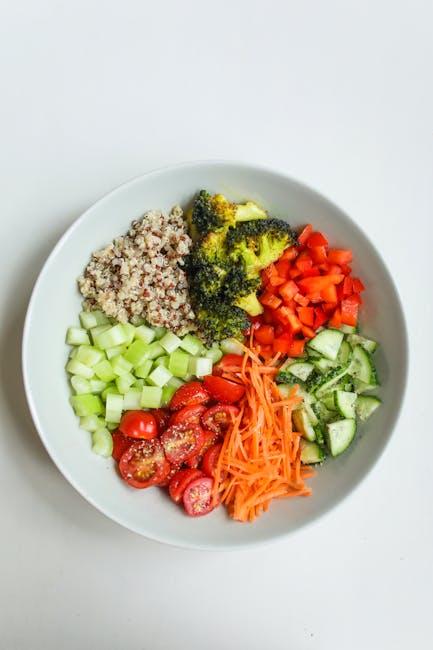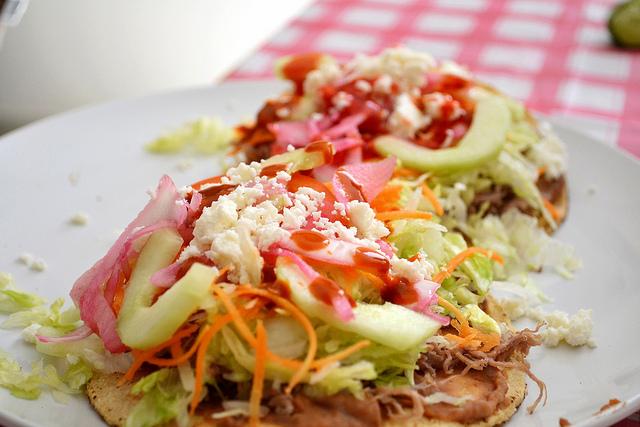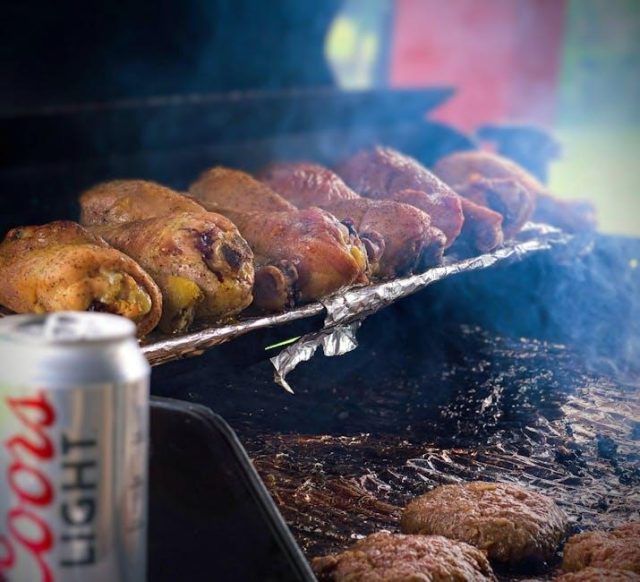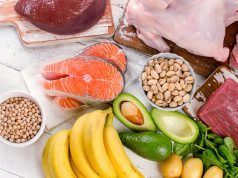Embarking on a gluten-free journey can feel daunting, whether you’ve been diagnosed with celiac disease, have a gluten sensitivity, or are simply exploring new dietary horizons. The world seems filled with hidden sources of gluten, from your favorite bread to unexpected places like sauces and snacks. Yet, with the right strategies and a supportive mindset, maintaining a gluten-free diet can become a manageable—and even enjoyable—part of your lifestyle. This guide is here to offer practical, empathetic advice to help you navigate this transition with confidence and ease. Together, we’ll explore effective tips to ensure your gluten-free diet is not only sustainable but also enriching, helping you embrace this change with positivity and resilience.
Understanding Gluten and Its Impact on Your Health
Navigating a gluten-free lifestyle can be challenging, but understanding the role gluten plays in your health is a great start. Gluten, a protein found in wheat, barley, and rye, can cause adverse reactions in individuals with celiac disease or gluten sensitivity. For those affected, eliminating gluten can lead to significant improvements in health and wellbeing. Here are some tips to help you stay committed to a gluten-free diet:
- Read Labels Carefully: Gluten can hide in unexpected places. Always check food labels for gluten-containing ingredients like wheat, barley, and rye.
- Explore Naturally Gluten-Free Foods: Fresh fruits, vegetables, meats, and most dairy products are naturally gluten-free. Focus on incorporating these into your meals.
- Plan Your Meals: Preparing meals ahead of time can help you avoid the temptation of gluten-laden convenience foods. Consider batch cooking and freezing meals for busy days.
- Find Support: Join online forums or local support groups. Sharing experiences and recipes can provide motivation and new ideas.
| Common Gluten-Free Alternatives | Uses |
|---|---|
| Quinoa | Salads, Breakfast Bowls |
| Almond Flour | Baking, Bread Crumbs |
| Coconut Aminos | Soy Sauce Substitute |
Embracing a gluten-free diet requires diligence and patience, but the benefits to your health can be well worth the effort. By incorporating these strategies into your daily routine, you’ll find it easier to maintain your commitment to a gluten-free lifestyle while enjoying a variety of delicious foods.

Navigating Grocery Stores and Reading Labels Like a Pro
Walking through grocery aisles can feel like a maze when you’re on a gluten-free diet. To make your shopping experience smoother, it’s essential to become a label-reading expert. Start by scanning for the “Certified Gluten-Free” label, which ensures the product contains less than 20 ppm of gluten. If you don’t see this certification, look for key terms such as “wheat-free,” “no gluten,” or “gluten-removed.” However, these might not guarantee the product is entirely safe, so further scrutiny is needed.
- Ingredients to Avoid: Wheat, barley, rye, malt, and brewer’s yeast are red flags. Remember, derivatives like malt vinegar or wheat starch can also contain gluten.
- Hidden Sources: Be cautious of additives like modified food starch and hydrolyzed vegetable protein. They might hide gluten, especially if sourced from wheat.
- Check for Cross-Contamination: Look for notes like “processed in a facility that also processes wheat,” which can indicate a risk of cross-contact.
Here’s a quick reference table to keep in mind while shopping:
| Term | Gluten Status |
|---|---|
| Gluten-Free | Safe |
| Wheat-Free | Check Further |
| Contains Wheat | Avoid |
| Processed in a facility with wheat | Risk of Contamination |
Sticking to naturally gluten-free foods is another foolproof strategy. Fresh fruits, vegetables, meats, and dairy are excellent choices, and shopping the perimeter of the store often leads you to these wholesome options. With a little practice, you’ll navigate the grocery store aisles confidently, ensuring every item in your cart aligns with your dietary needs.

Crafting Delicious and Satisfying Gluten-Free Meals at Home
Transitioning to a gluten-free lifestyle doesn’t mean sacrificing flavor or satisfaction in your meals. By focusing on naturally gluten-free ingredients and creative cooking techniques, you can enjoy a wide variety of dishes that are both delicious and fulfilling. Here are some strategies to enhance your gluten-free culinary experience:
- Embrace Whole Foods: Incorporate more fruits, vegetables, lean proteins, and whole grains like quinoa, rice, and buckwheat. These naturally gluten-free foods are not only nutritious but also form the base of countless tasty recipes.
- Experiment with Flours: Use almond, coconut, or chickpea flour as alternatives to wheat flour in baking. Each brings unique flavors and textures, opening up new possibilities for your gluten-free baking adventures.
- Explore World Cuisines: Many global cuisines offer naturally gluten-free dishes. Thai, Mexican, and Indian foods, for example, often use rice, corn, and legumes as staples, providing a diverse range of meal options.
| Ingredient | Gluten-Free Substitute |
|---|---|
| Pasta | Zucchini noodles, rice noodles |
| Bread | Gluten-free bread, lettuce wraps |
| Soy Sauce | Tamari, coconut aminos |
Remember, the key to a successful gluten-free diet is variety and creativity. Keep experimenting with new ingredients and cooking methods to ensure that your meals are as satisfying as they are safe. With these tips, you can navigate your gluten-free journey with confidence and delight.

Finding Support and Staying Motivated on Your Gluten-Free Journey
Embarking on a gluten-free journey can sometimes feel isolating, but remember, you’re not alone. Finding the right support system is crucial to staying motivated and ensuring success. Consider joining online forums or social media groups dedicated to gluten-free living. These communities are rich with shared experiences, advice, and moral support. Connecting with others who understand your challenges can make a world of difference.
Beyond virtual connections, try to engage with local groups or meet-ups. Meeting people face-to-face who are on a similar path can offer encouragement and practical tips. Additionally, involving family and friends in your journey can be beneficial. Encourage them to try gluten-free recipes with you, making it a fun and inclusive activity.
Here are some effective ways to maintain motivation:
- Set achievable goals: Start with small, manageable changes and gradually build up.
- Celebrate your milestones: Reward yourself for sticking to your diet, whether it’s with a new cookbook or a night out at a gluten-free restaurant.
- Keep a food diary: Tracking what you eat can help identify patterns and areas for improvement.
| header”>Type |
|---|
| body”>Website |
| body”>Local Group |
| body”>Online Forum |








































